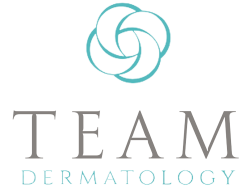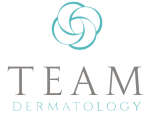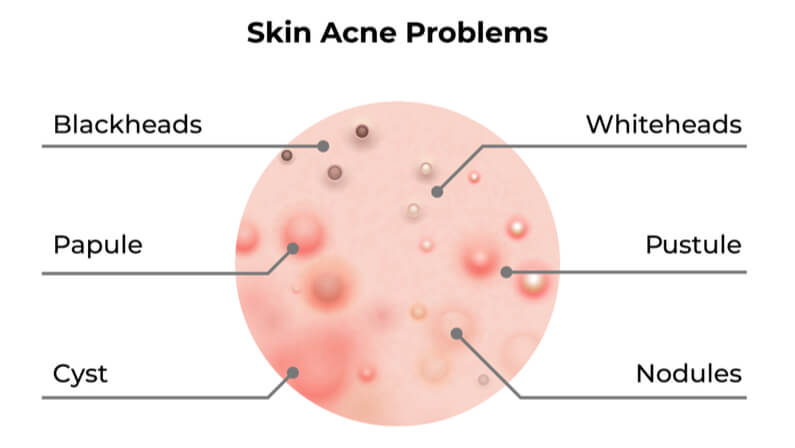Pimples may form on any part of your body, but certain locations are more acne-prone than others. They keep reappearing no matter how hard you try, and it may be a real pain to get rid of them.
The forehead is one example of this. Because of its prominent placement on the face, acne on the forehead can be particularly unsightly.
Whiteheads and blackheads, as well as more serious outbreaks like cystic acne, may all be seen on the forehead.
Acne on the forehead may be treated and prevented with the appropriate combination of medicine, skincare products, and good habits.
A variety of factors can cause forehead acne, and we’ve outlined what you can do to get rid of and avoid it.
Table of Contents
What are forehead pimples?
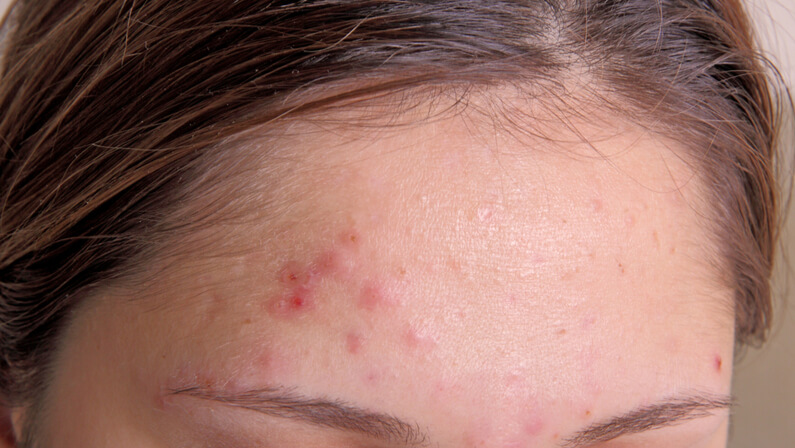
Acne and pimples can form on the forehead if small glands beneath the skin get obstructed. Even though acne may appear everywhere on the body, it is more common on a person’s forehead.
Types of Acne
Acne can form on your forehead in a variety of ways. You can clear them up faster if you can identify them.
- Cysts and nodules: These types of acne are larger than normal pimples. They appear when the pimples have penetrated the skin’s dermis. It’s difficult to feel the nodules. Because they are packed with fluid, cysts appear to be more malleable than they are. There is a risk of scarring if they go untreated.
- Papules and pustules: The pore walls begin to break down under the surface of your skin if pore irritation is severe. In the end, you get a larger, more painful pimple. It is possible to sense papules as scratchy or sandpapery since they are elevated lumps with no head. There are two types of pustules: those that look like papules and those that look like blisters. In certain cases, they may need the use of prescription medicine.
- Blackhead and whiteheads: Because they’re so near to the skin’s surface, they are the easiest acne to cure. You can see flesh-colored pimples or ones with a black patch on top, depending on how close you look. It will appear as a fleshy or white lump if the inflamed pore closes after being plugged. These are known as whiteheads. When there is a dark area on top of red bumps, we call a blackhead. When the pore remains open and the substance obstructing it is exposed to the air. It gets a dark brown hue as a result of oxidation.
What causes acne to form on your forehead?
Acne develops when small glands immediately beneath the skin’s surface get clogged. Sebaceous glands produce a material known as sebum.
Yet too much sebum combined with dead skin cells or germs might clog the oil glands. It can cause them to become irritated, leading to the formation of a pimple or acne.
Several variables can increase the quantity of sebum generated by the sebaceous glands. Acne and pimples are more likely to form due to this sebum.
Other factors to take into account include:
- Cosmetics. Applying cosmetics to the forehead can irritate the skin and exacerbate acne.
- Hair Care items. Certain hair products such as waxes, oils, and gels can cause skin irritations.
- Hygiene. Oily foreheads and acne-inducing blockages can result from failing to wash one’s hair and face regularly.
- Medication. Acne can occur as a side effect of several medications.
- Stress. Acne and stress do have a connection, although the reasons for this aren’t entirely apparent.
- Hormonal changes. Acne is more frequent throughout puberty due to the drastic changes in hormone levels.
How is forehead acne treated?
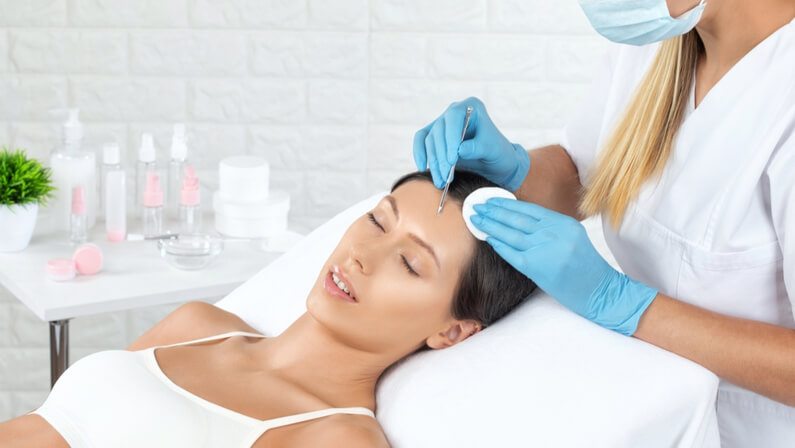
There are over-the-counter drugs that your doctor can prescribe if you have a specific disease. You may require stronger prescription treatments if over-the-counter therapies haven’t worked.
Acne in women can occasionally be alleviated with the use of certain contraceptives. Three different forms of birth control pills have been given the green light by the FDA to be used to treat acne.
Many prescription medications and treatments have been proven successful. To combat acne, they focus on the root causes of the problem.
Depending on the extent of your condition, you may require a single or several treatments.
Topically applied medications:
- Dapsone
- Topical antibiotics (erythromycin and clindamycin)
- Vitamin A
- Azelaic acid
- Salicylic acid
- Benzoyl peroxide
Medications that are administered orally
- Oral retinoid medication called isotretinoin
- Contraceptive pills and tablets
- Tetracycline medicines such as doxycycline and minocycline
Other acne treatment options
- Chemical Peels. The top layer of old skin is removed using specific chemicals.
- Lasers. As the damaged collagen is heated, the body’s healing mechanism kicks in and produces new, healthy collagen.
- Steroids. To minimize inflammation, steroids are injected directly into big nodules.
Your healthcare physician may recommend one of these specialist treatments, maybe in conjunction with medicine, based on the specifics of your skin condition.
Home remedies are not advised since there are no empirical studies yet to prove their effectiveness.
You may have read ways to remove Forehead Acne at home, however many of these at home remedies are scams and can actually be harmful. Please call us or schedule a consultation right on our website to meet with our team and find out the best treatment for your Forehead Acne.
Prevention
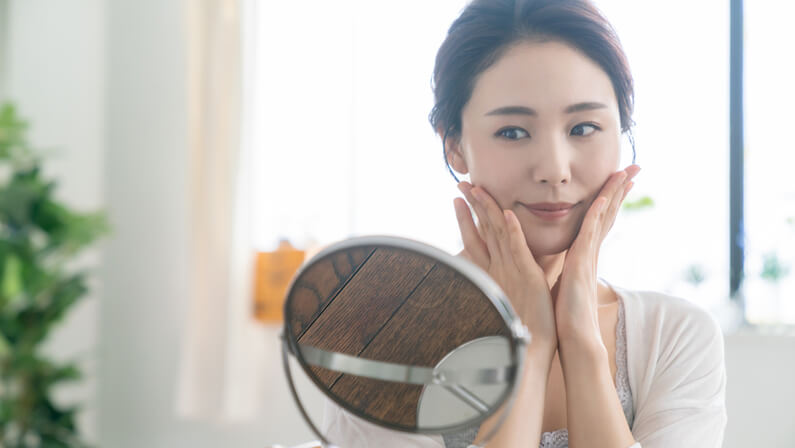
It’s not always possible to entirely avoid acne. Still, you can make certain lifestyle adjustments to lessen the frequency with which you get outbreaks on your forehead and other regions of your face.
Acne outbreaks on the forehead can be avoided by following these tips:
- Avoid squeezing or popping pimples.
- When you’re done working out, be sure to wash off the sweat and get a shower.
- If you often wear clothing or sports equipment covering your forehead, wash your skin immediately after removing it.
- A word of caution while wearing anything that hides your brow.
- Wash your hair more regularly if your hair is naturally greasy.
- Don’t overdo it on the hairstyling supplies.
When to see a doctor
While forehead acne can be a nuisance, it’s usually treatable with over-the-counter treatments, prescription drugs, or a combination of the two.
It’s generally as easy as creating a few modifications to your lifestyle after you’ve treated your acne to avoid it from coming back. These over-the-counter medications may help if you have mild to moderate forehead acne.
For the most severe cases of acne, it’s preferable to get medical advice from a board-certified dermatologist like Team Dermatology.
